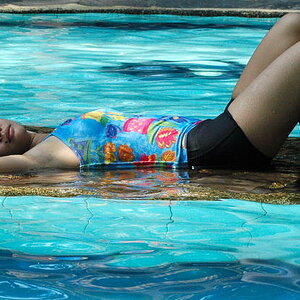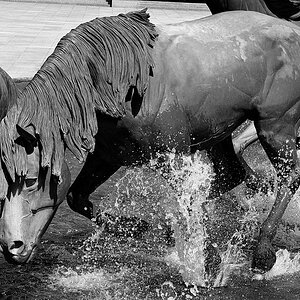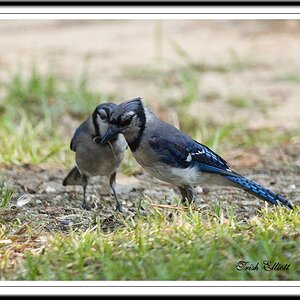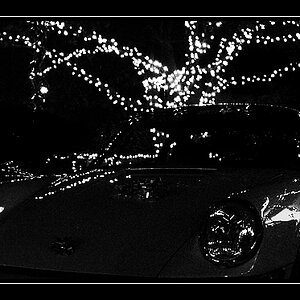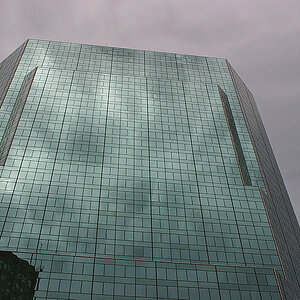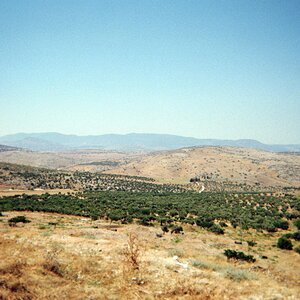Grandpa Ron
Been spending a lot of time on here!
- Joined
- Aug 9, 2018
- Messages
- 1,156
- Reaction score
- 703
- Can others edit my Photos
- Photos OK to edit
As I was enlarging a section of a black eyed Susan 4x5 negative photo, I notices some speckles. As you can see in the blow up there are many.
At first I thought it was dust, then I realized it was too small for dust. Plus it was on every negative. Could it be a developer/film/ fixer reaction?
The developer was fresh mixed from a bottle of Rodinal on the shelf for 2 years. The fixer was fresh mixed from fixer that had been on the shelf for a year.
I have never seen this before.


This is Arista 400 EDU 4x5 film.
50:1 Rodinal developer for 10 minutes.
At first I thought it was dust, then I realized it was too small for dust. Plus it was on every negative. Could it be a developer/film/ fixer reaction?
The developer was fresh mixed from a bottle of Rodinal on the shelf for 2 years. The fixer was fresh mixed from fixer that had been on the shelf for a year.
I have never seen this before.
This is Arista 400 EDU 4x5 film.
50:1 Rodinal developer for 10 minutes.


![[No title]](/data/xfmg/thumbnail/38/38262-10a9668da9a2b36a92cddde57caf87bc.jpg?1619738547)
![[No title]](/data/xfmg/thumbnail/31/31012-f5e0c7cdea2f2c3e44737e3f61c2461a.jpg?1619734567)
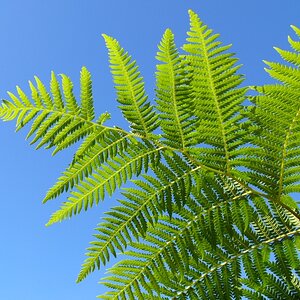
![[No title]](/data/xfmg/thumbnail/41/41423-156eb6e5a056cd1cbcf60e12a03f9d56.jpg?1619739809)
